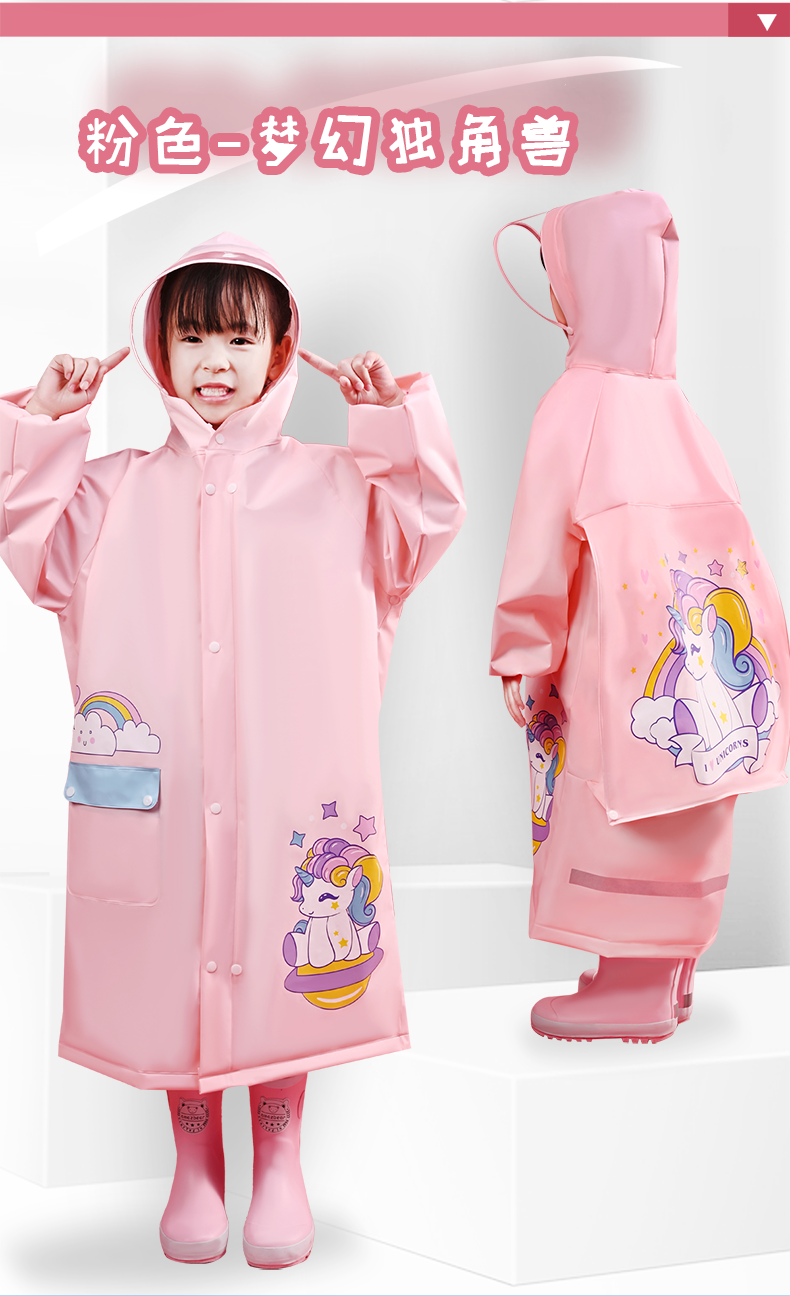Raincoat Fabric Knowledge Features What is the best raincoat fabric
Release time:
2024-05-24
Raincoat fabric knowledge features, what is the best raincoat fabric? Raincoat is made of waterproof fabric sewn, such as tape, linoleum, plastic film, including the latest polytetrafluoroethylene (PTFE) waterproof breathable laminated fabric. Waterproof Principle of Raincoat There are more and more materials and styles of modern raincoats, but no matter how they are changed, raincoats have one property that has never changed, that is, raindrops will quickly gather into a small drop of water on them and flow away, which is why raincoats are waterproof.

Raincoat fabric knowledge features, what is the best raincoat fabric? Raincoat is made of waterproof fabric sewn, such as tape, linoleum, plastic film, including the latest polytetrafluoroethylene (PTFE) waterproof breathable laminated fabric. Waterproof Principle of Raincoat There are more and more materials and styles of modern raincoats, but no matter how they are changed, raincoats have one property that has never changed, that is, raindrops will quickly gather into a small drop of water on them and flow away, which is why raincoats are waterproof.
Rain falls on the surface of the raincoat is a non-wetting phenomenon, because the attraction of rubber molecules to water molecules is far less than the attraction between water molecules, and water molecules prefer to gather together and roll down the raincoat. At the same time, there are many small holes in the raincoat fabric, but because the rain does not soak the rubber, water molecules are difficult to pass through the raincoat fabric from these small holes, and these small holes do not play a role in organizing air molecules, which ensures the breathability of the raincoat.
the origin of raincoat fabric:
In 1747, French engineer Francois Freno made the earliest raincoat in the world. He used latex obtained from rubber wood and put cloth shoes and coats in this latex solution to stop dipping and disposal, so that they could play a waterproof role. McIntosh, who works in a Scottish rubber factory, is unable to buy rain gear because of the hardship of life. On rainy days, he can only commute in the rain. One day, he accidentally smeared the rubber juice all over his trousers and couldn't wipe it off. He had to wear this dirty clothes and go home. It was rainy outside. When McIntosh came home, he was pleasantly surprised to find that the clothes inside were not wet at all. He simply filled the rubber juice all over his clothes. This is the first rubberized raincoat in the world. From then on, Mackintosh devoted himself to the development of rainproof cloth, and finally in 1832 the first victory made of waterproof cloth can make clothes. His method is to dissolve the elastic rubber with volatile oil and sandwich it between two layers of cloth, but this kind of cloth with rubber will become brittle and hard in winter and sticky and smelly in summer.
what material of good raincoat?
A raincoat is a rain-blocking garment made of waterproof cloth. Waterproof fabrics for raincoats include adhesive tape, oilcloth and plastic film. Modern raincoat waterproof fabrics pay attention to breathability, commonly used such as special nylon and Gore-Tex. Breathable raincoat is conducive to people wearing rainproof when the hot and humid water from the raincoat, increase comfort.
what is the best raincoat fabric?
Khakis twill weave fabric. Varieties are divided according to the warp and weft yarns used, including cable cards (both warp and weft are strands), half-line cards (both warp and weft are strands) and yarn cards (both warp and weft are single yarns).
Line cards are 2/2↗Tissue weaving, front and back twill lines are obvious, also known as double-sided card. Half line card with 3/1↗Tissue weaving. The yarn card is 3/1↖Tissue weaving. Half-line cards and yarn cards are all single-sided cards.
Khakis used mainly raw materials are pure cotton, polyester cotton and so on. The structure of this fabric is tight and thick, with obvious lines, strong and durable. After dyeing processing, it is mainly used for spring, autumn and winter clothing fabrics, windbreaker and raincoat fabrics. Sauka is used as a fabric for outerwear and overalls.
Tag:
Previous Page:
Next page:
recommend News
How to distinguish the quality of raincoat
2024-05-24
Raincoat fabric with what glue?
2024-05-24
What color raincoat to wear on rainy days
2024-05-24
Share








